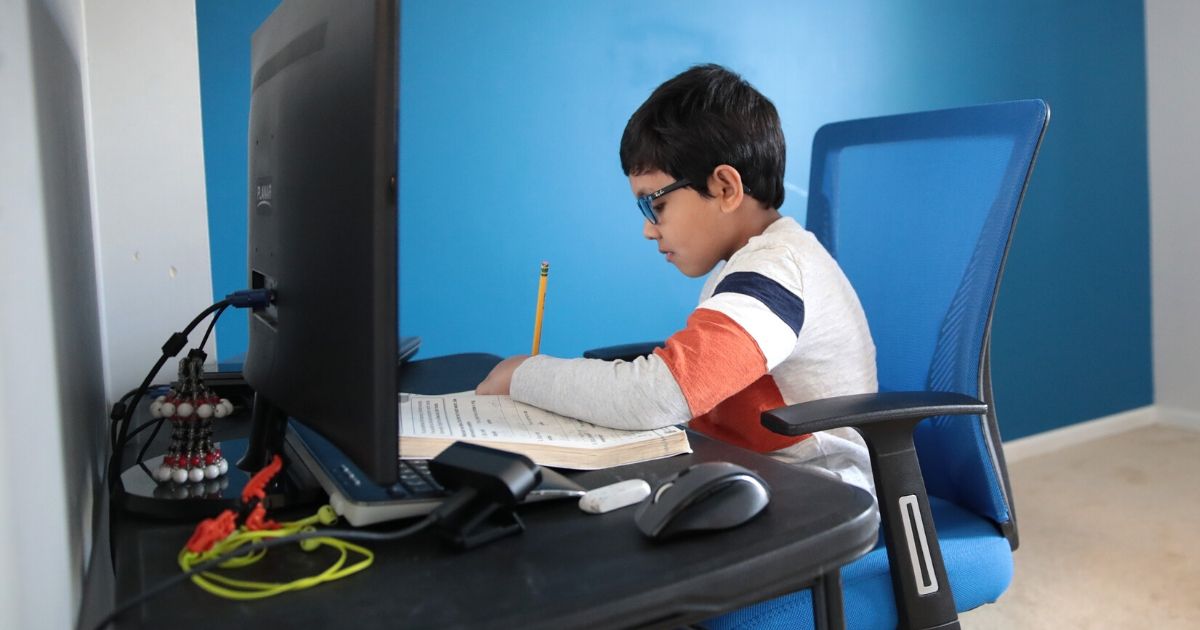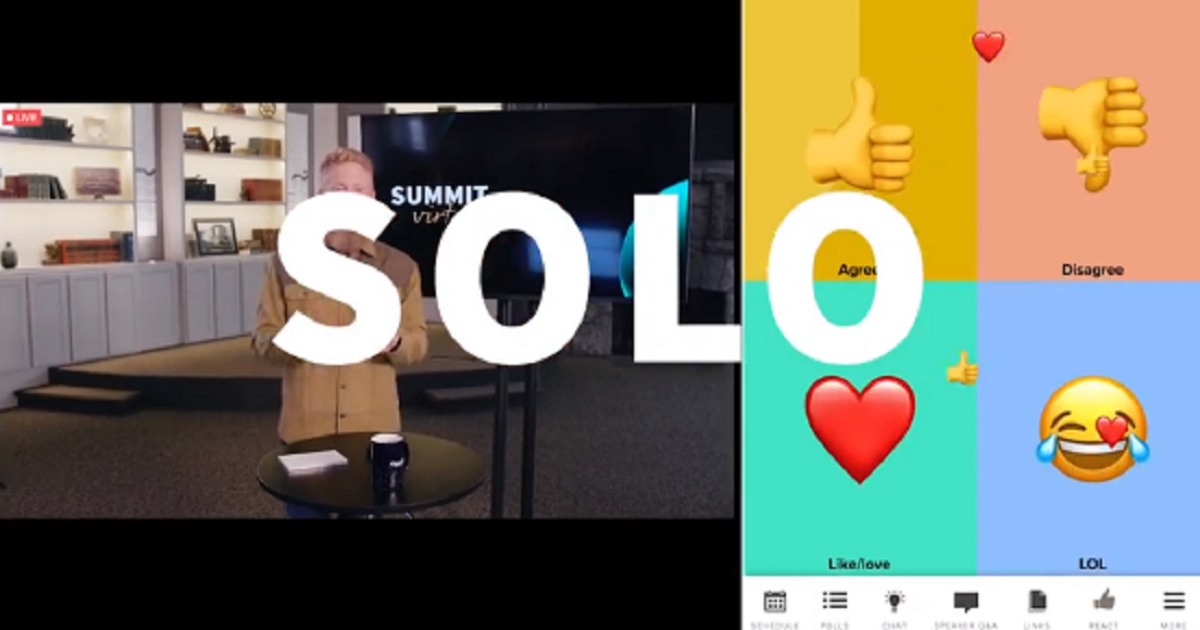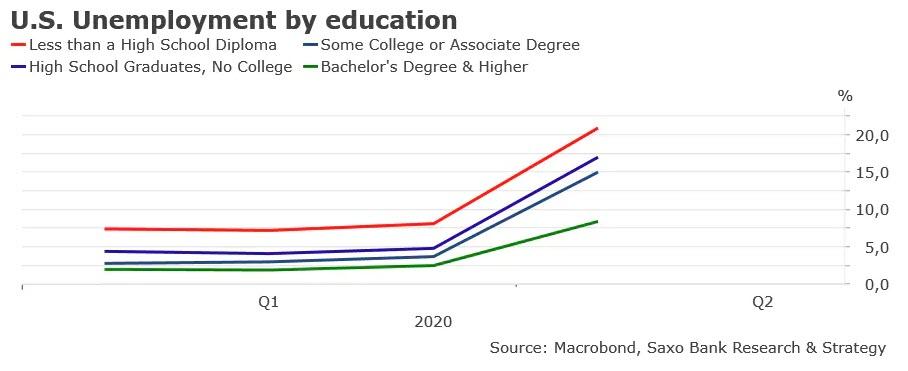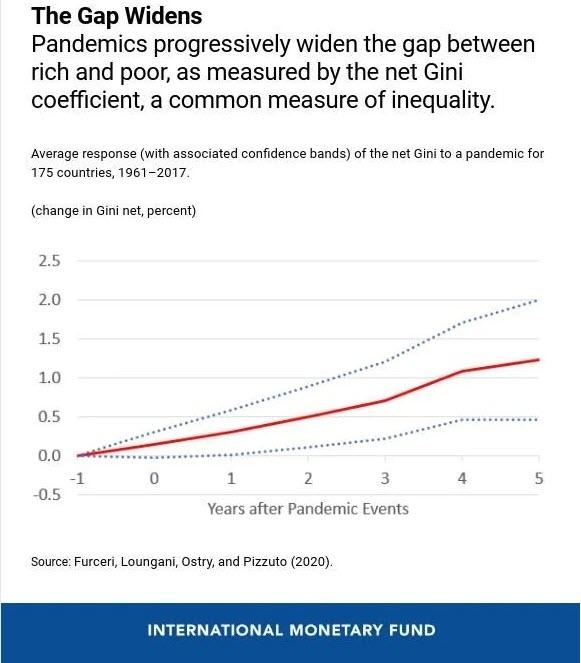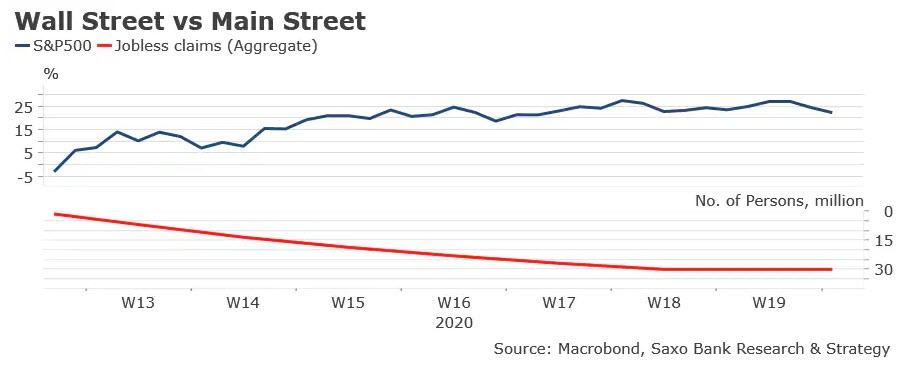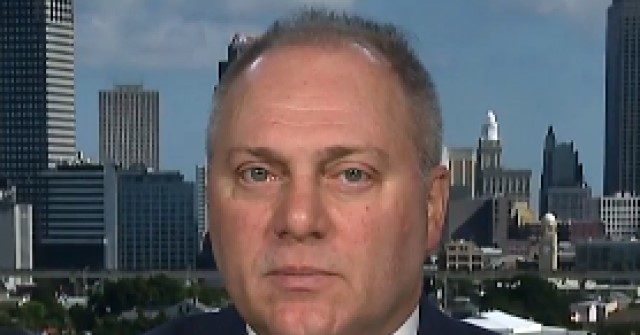It’s always fun when our elderly Supreme Court Justices reference pop culture.
During oral arguments on a case about members of the Electoral College breaking with the popular vote and voting for a different candidate, Supreme Court Justice Clarence Thomas brought up the popular “Lord of the Rings” character Frodo Baggins, The New York Post reported.
An attorney for what the Post referred to as one of the “faithless electors” was arguing that electors should be allowed to ignore the popular vote and choose a candidate based on their conscious. Thomas interrupted the lawyer to make his “Lord of the Rings” reference.
“The elector who had promised to vote for the winning candidate could suddenly say, you now, I’m going to vote for Frodo Baggins. I really like Frodo Baggins. And you’re saying, under your system, you can’t do anything about that,” Thomas said, according to the Post.
Josh Harrow, the attorney who was making the argument, quickly noted the fictional limit of Frodo Baggins.
“Your honor, I think there is something to be done, because that would be a vote for a non-person. No matter how big a fan many people are of Frodo Baggins,” Harrow said.
“I do think the important point is that the framers hashed out these competing concerns,” he added. “They understood the stakes and they said among these competing hypotheticals, electors are best placed to make the ultimate selection. That hasn’t changed.”
More from the Post:
Baggins made another appearance during closing rebuttal from opposing counsel Colorado Attorney General Phil Weiser, who is defending the state’s move to kick out an elector who defied pledges to vote for Hillary Clinton after she won the state in 2016.
“My friends on the other side have failed to offer any viable theory on how to address the spectacle of a bribed elector, an elector who votes for Frodo Baggins, or one who would perpetrate a bait-and-switch on the people of the state,” Weiser said.
It should be noted that while “Lord of the Rings” is considered pop culture, Frodo made his first appearance in the book “The Fellowship of the Ring,” which was published in 1954, when Justice Thomas was about six years old. Justice Thomas is now 71.
The case being argued relates to presidential electors in 2016 who ignored the popular vote in their states to vote for a different candidate. As I reported back in 2016, more of those who defected did so to vote for someone other than Hillary Clinton, rather than Donald Trump.
The media had predictably hoped that enough members of the Electoral College would defect from Trump to make Clinton president, but in the end, seven electors attempted – successfully or not – to defect from Clinton, while only two defected from Trump.
The Daily Wire, headed by bestselling author and popular podcast host Ben Shapiro, is a leading provider of conservative news, cutting through the mainstream media’s rhetoric to provide readers the most important, relevant, and engaging stories of the day. Get inside access to The Daily Wire by becoming a member.
via The Daily Wire
Enjoy this article? Read the full version at the authors website: https://www.dailywire.com


